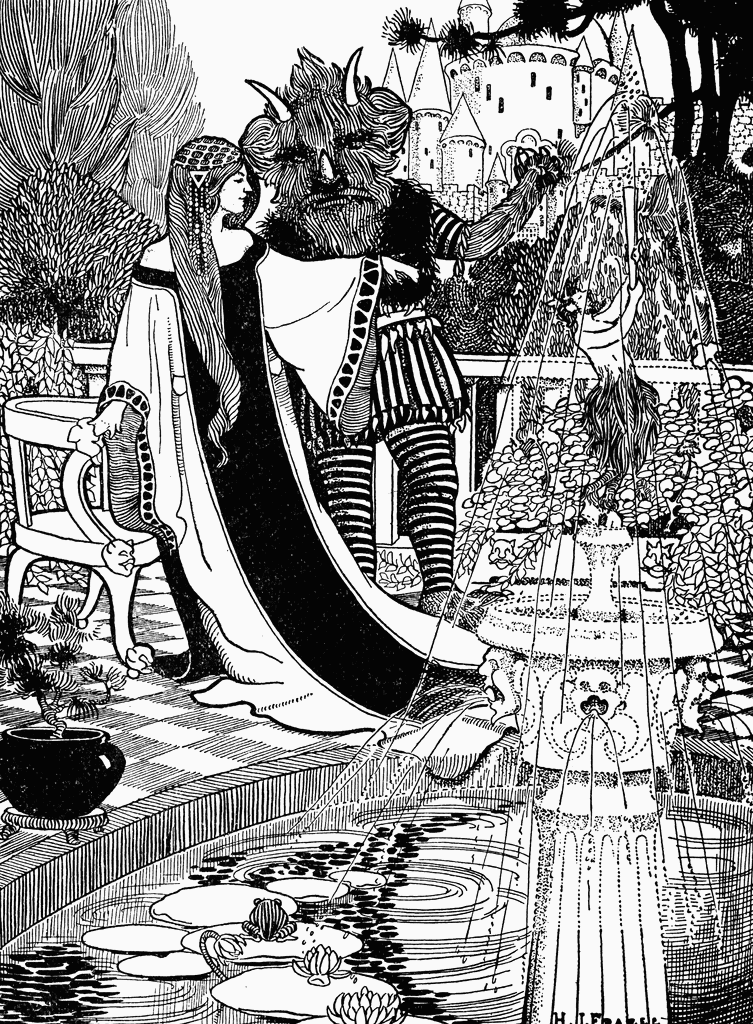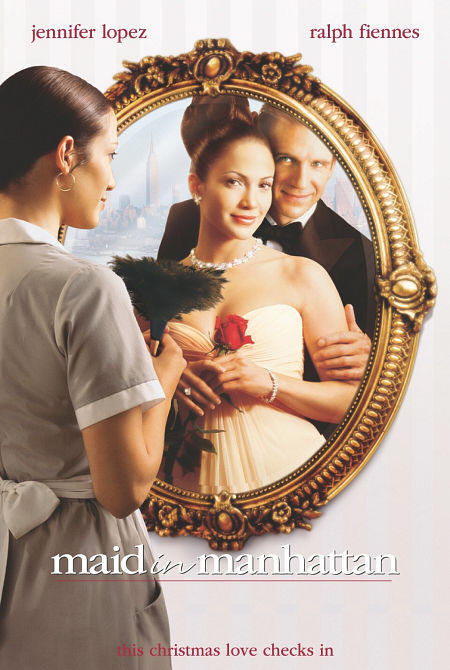
Batman - Bob Kane, 1930's
Alter Ego -
Life style -
Costume -
Motive -
Nick Names -

Zorro - Johnston McCulley, 1919
Alter Ego - Don Diego Vega
Life style -
Costume -
Motive -

Variants of Cinderella
Title: untitled – the story of Rhodopis and the Pharaoh Amasis
Date: 1 BC
Author: The Greek historian, Strabo
Region: Greece/Egypt
Title: The Maiden, the Frog, and the Chief’s Son
Date: ?
Author: oral tradition, recorded by Frank Edgars in Hausa language in 1911, translated to English by Neil Skinner in 1965
Region: West Africa
Title: Cendrillon ou la peptite pantoufle de verre
Date: 1697
Authors: Charles Perrault
Region: France

Title: Oochigeaska, (The Rough Faced Girl)
Date: collected in the 19th-century
Author: Mik’maq story teller, collected by Silas T. Rand, a Baptist missionary
Region: Hants Port, Nova Scotia
Title: Ashputtle (Aschenputtle)
Date: @ 1812 in Children’s Household Tales
Authors: Wilhelm and Jacob Grimm
Region: Germany
Title: Cinderella
Date: 1950
Authors: Walt Disney
Region: United States

Common elements: low class woman aspiring to high class marriage; death of mother; step-mother characters; evil step-sisters; weak father figures; unobtainable party/festivity; magical transformation; diminutive magical creatures; “godmother” figure who dispenses magic; time; marriage.
Other Varients –
Dracula stories

Beauty and the Beast

Maid in Manhattan

Pretty Woman

